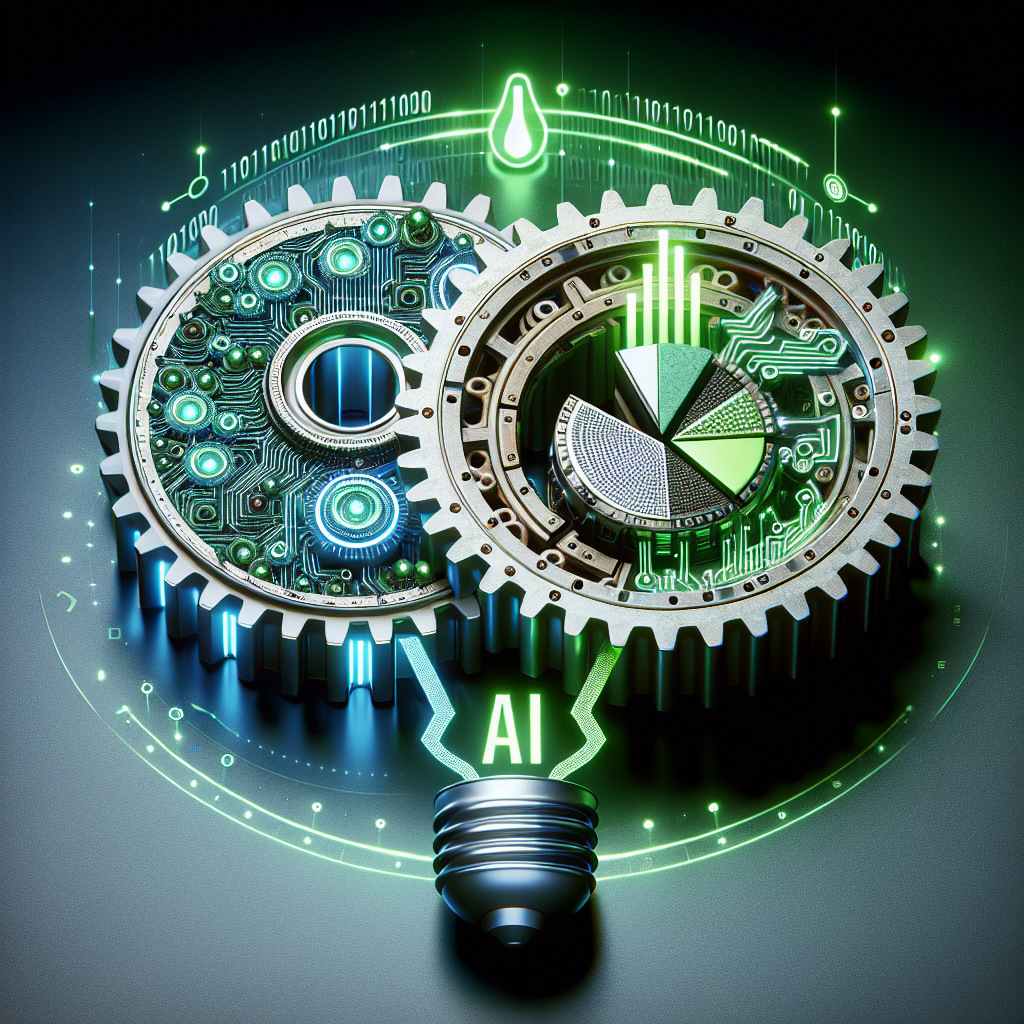In today’s fast-paced business world, companies are constantly looking for ways to stay ahead of the competition and make informed decisions. One of the most powerful tools they can use to achieve this is artificial intelligence (AI) combined with business intelligence (BI). This winning combination allows businesses to analyze data in real-time, identify trends, and make strategic decisions that drive growth and profitability.
AI refers to the simulation of human intelligence processes by machines, particularly computer systems. It includes learning, reasoning, problem-solving, perception, and language understanding. Business intelligence, on the other hand, involves the use of data analysis tools and techniques to help organizations make informed decisions.
When AI is integrated with BI, businesses can harness the power of advanced analytics to gain deeper insights into their operations. Here are some ways in which AI and BI can work together to revolutionize the way companies do business:
1. Predictive analytics: AI algorithms can analyze historical data and predict future trends with a high degree of accuracy. This can help businesses anticipate customer needs, optimize inventory levels, and make informed decisions about pricing and promotions.
2. Personalized marketing: AI can analyze customer data to create personalized marketing campaigns tailored to individual preferences and behaviors. This can help businesses improve customer engagement and drive sales.
3. Fraud detection: AI algorithms can detect anomalies in financial transactions and flag potential instances of fraud. This can help businesses protect their assets and maintain the trust of their customers.
4. Supply chain optimization: AI can analyze data from various sources to optimize supply chain operations, reduce costs, and improve efficiency. This can help businesses streamline their operations and deliver products to customers faster.
5. Customer service: AI-powered chatbots can provide instant responses to customer inquiries and resolve issues in real-time. This can help businesses improve customer satisfaction and loyalty.
6. Employee productivity: AI can automate routine tasks and streamline workflows, allowing employees to focus on more strategic activities. This can help businesses increase productivity and drive innovation.
Overall, the combination of AI and BI can provide businesses with a competitive edge by enabling them to make data-driven decisions and adapt to changing market conditions. However, implementing AI and BI technologies can be a complex process that requires careful planning and expertise. Here are some frequently asked questions about AI and BI in business:
FAQs:
1. What is the difference between AI and BI?
AI refers to the simulation of human intelligence processes by machines, particularly computer systems. It includes learning, reasoning, problem-solving, perception, and language understanding. BI, on the other hand, involves the use of data analysis tools and techniques to help organizations make informed decisions.
2. How can AI and BI work together to benefit businesses?
AI and BI can work together to provide businesses with deeper insights into their operations, predict future trends, personalize marketing campaigns, detect fraud, optimize supply chain operations, improve customer service, and increase employee productivity.
3. What are some challenges of implementing AI and BI in business?
Some challenges of implementing AI and BI in business include data quality issues, lack of expertise, integration with existing systems, privacy and security concerns, and resistance to change from employees.
4. How can businesses overcome these challenges?
Businesses can overcome these challenges by investing in data quality management, training employees on AI and BI technologies, working with experienced vendors, implementing robust security measures, and communicating the benefits of AI and BI to employees.
5. What are some best practices for implementing AI and BI in business?
Some best practices for implementing AI and BI in business include defining clear objectives, aligning AI and BI initiatives with business goals, involving key stakeholders in the decision-making process, investing in training and support for employees, and continuously monitoring and evaluating the performance of AI and BI systems.
In conclusion, AI and BI are a winning combination that can help businesses gain a competitive edge in today’s fast-paced business world. By harnessing the power of advanced analytics, businesses can make data-driven decisions, predict future trends, personalize marketing campaigns, detect fraud, optimize supply chain operations, improve customer service, and increase employee productivity. However, implementing AI and BI technologies requires careful planning and expertise. By following best practices and overcoming common challenges, businesses can successfully leverage AI and BI to drive growth and profitability.

